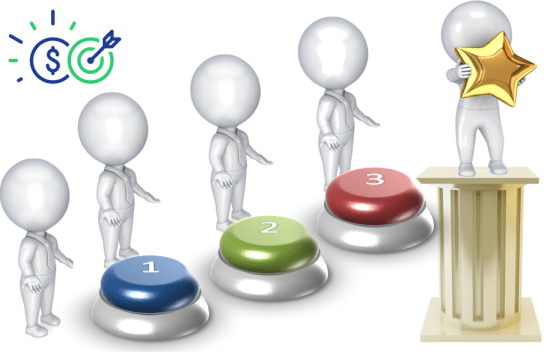Classical Theories of Motivation
April 3, 2025
 Classical Theories of Motivation
Classical Theories of Motivation
The motivation concepts were mainly developed around 1950’s. Three main theories were made during this period. These three classical theories are- Maslow’s hierarchy of needs theory Herzberg’s Two factor theory Theory X and Theory Y These theories are building blocks of the contemporary theories developed later. The working mangers and learned professionals till date use…
 Why Intrinsic Motivation Matters More Now In the Times of the Great Resignation
Why Intrinsic Motivation Matters More Now In the Times of the Great Resignation
What is Intrinsic Motivation and how does it tie in with the Great Resignation? Among the different types of motivation, Intrinsic Motivation, or the ability of individuals to motivate themselves according to their inner needs and higher selves, matters more than ever in the present Post Pandemic Times. This is because due to WFH or…
 Workplace Motivation – Carrot or Stick approach doesnt work anymore
Workplace Motivation – Carrot or Stick approach doesnt work anymore
“I am in this job because I have no other option.” If this is what an employee of your company feels, read on to know how this statement can be changed to something more positive – “I love what I do.” First things first – whose responsibility is it to ensure that an employee loves…
In 1960’s, Edwin Locke put forward the Goal-setting theory of motivation.
This theory states that goal setting is essentially linked to task performance.
It states that specific and challenging goals along with appropriate feedback contribute to higher and better task performance.
In simple words, goals indicate and give direction to an employee about what needs to be done and how much efforts are required to be put in.
The important features of goal-setting theory are as follows:
The more challenging the goal, the greater is the reward generally and the more is the passion for achieving it.
Feedback is a means of gaining reputation, making clarifications and regulating goal difficulties. It helps employees to work with more involvement and leads to greater job satisfaction.

Goal setting theory has certain eventualities such as:
While, lower the level of self-efficiency, less will be the efforts put in by the individual or he might even quit while meeting challenges.
The goal commitment is dependent on the following factors:
Your email address will not be published. Required fields are marked *